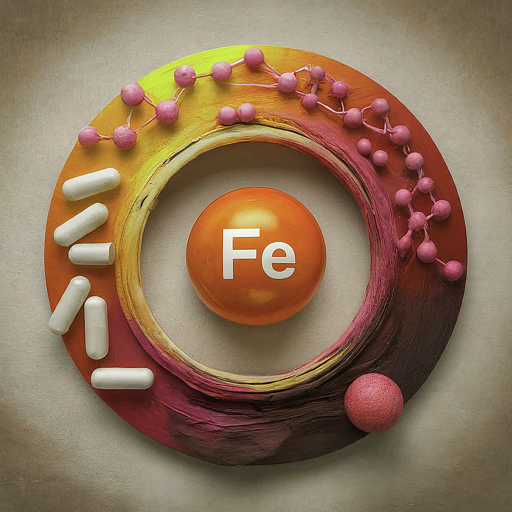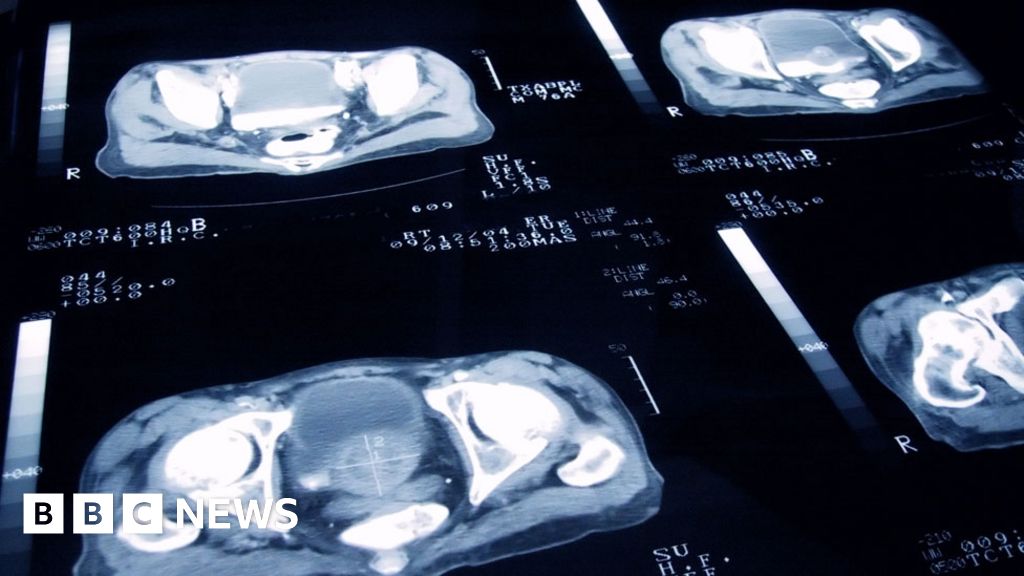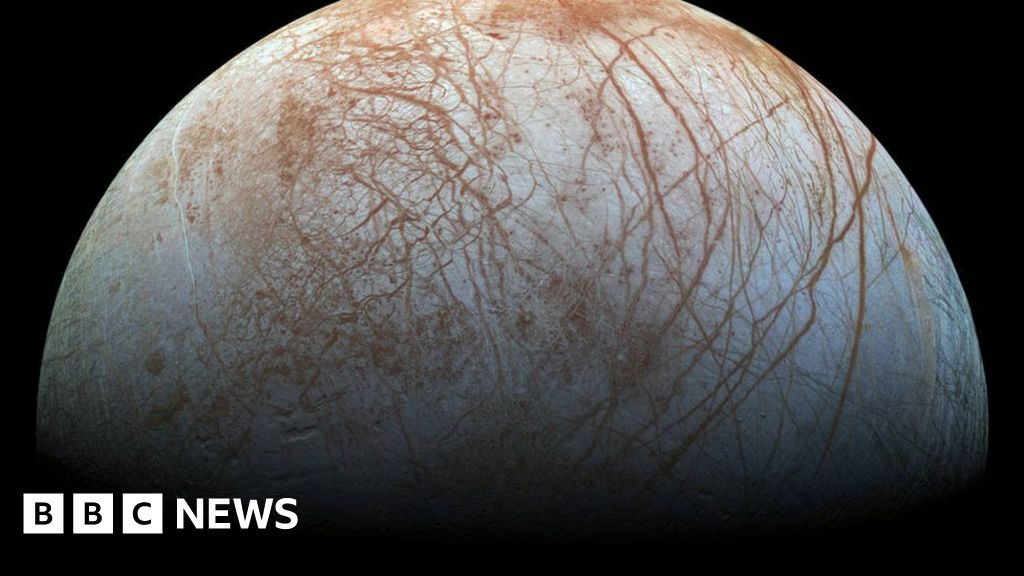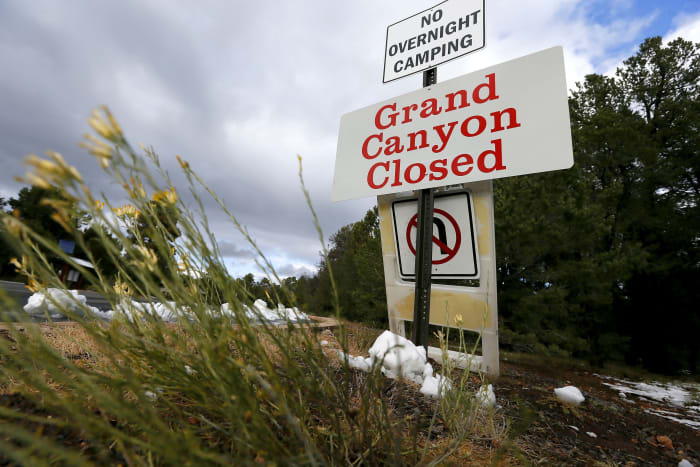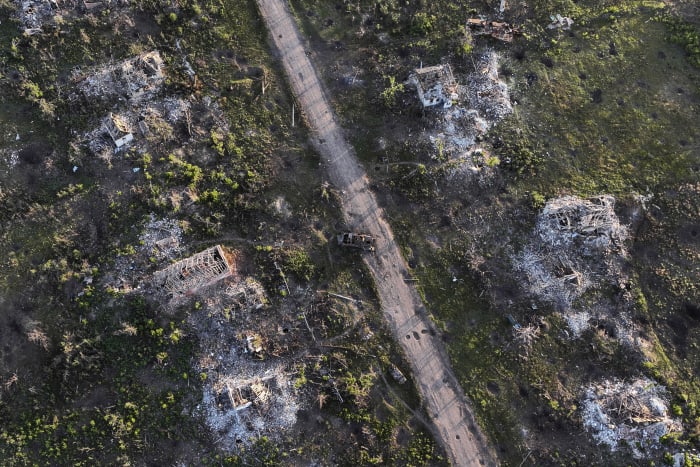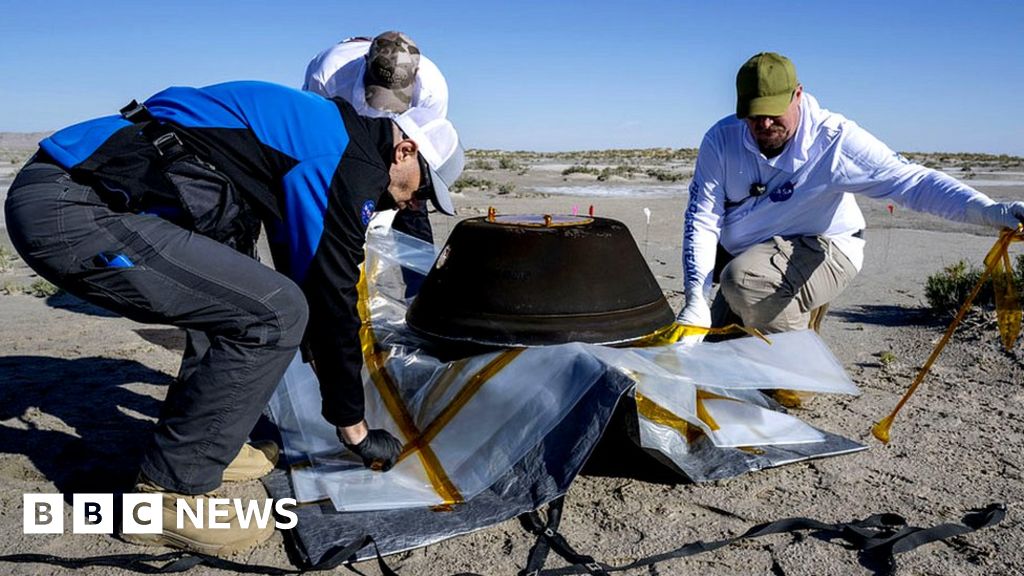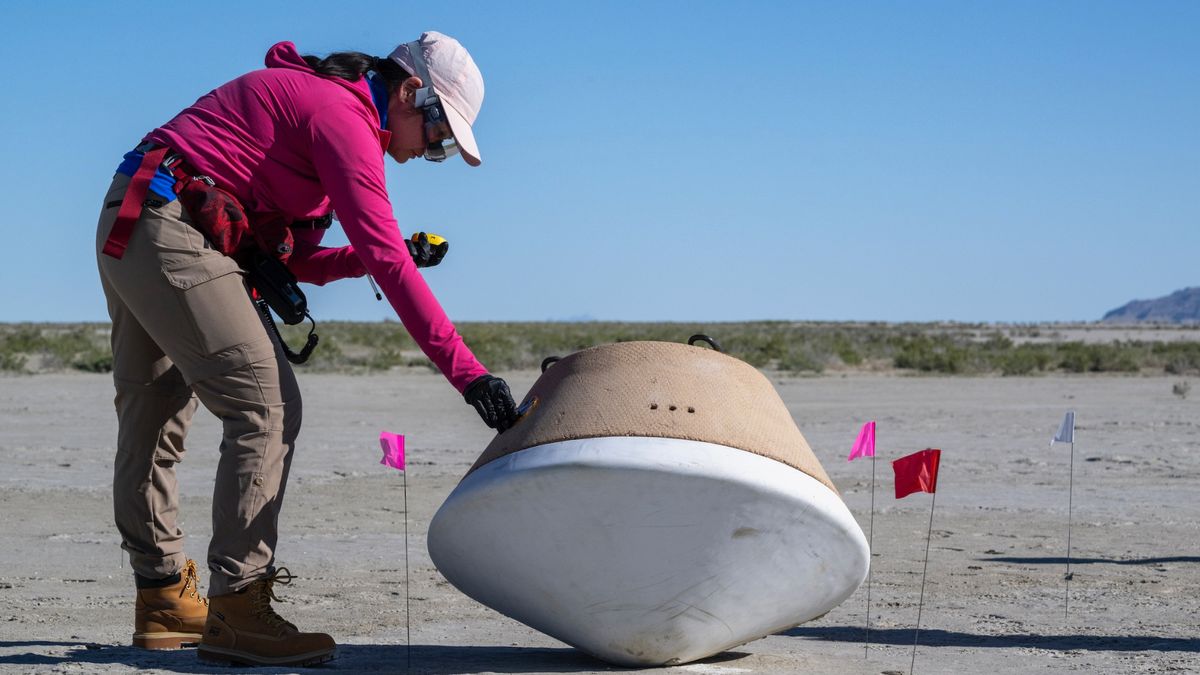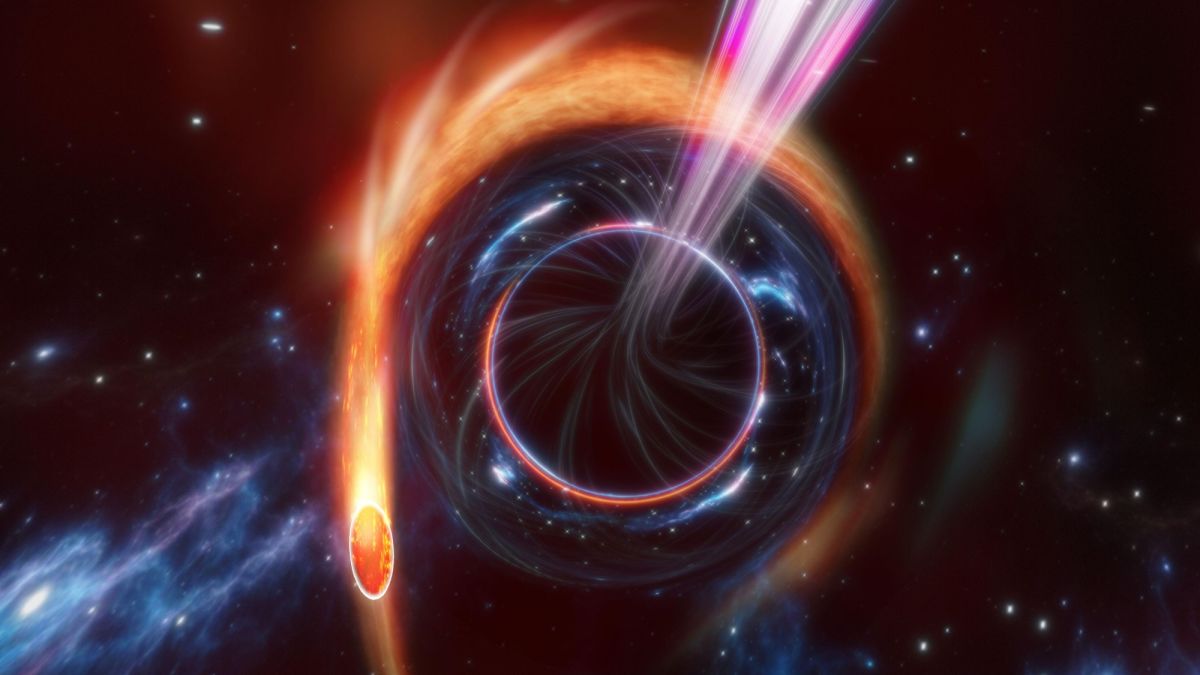
www.space.com
Super-distant black hole is eating half a sun a year and blasting its leftovers at Earth
Astronomers have made the most distant observation of a black hole ripping apart a star and feasting upon it, thanks to a jet of stellar "leftovers" blasted directly toward Earth.
Science & Tech
Astronomers have made the most distant observation of a black hole ripping apart a star and feasting upon it, thanks to a jet of stellar "leftovers" blasted directly toward Earth.
Because the jet is directed straight at Earth, the violent destruction of the star by this black hole, which astronomers call a tidal disruption event (TDE), was observable in visible light. The discovery could therefore signal a new way to observe such extreme events that are usually only detected in high-energy light, like gamma-rays and X-rays.
TDEs occur when stars wander too close to black holes. The black hole tears apart the star with incredibly powerful tidal forces created by its gravitational influence. In around 1% of TDEs, the black hole also blasts out jets of plasma and radiation from its poles.
"We have only seen a handful of these jetted-TDEs and they remain very exotic and poorly understood events," Nial Tanvir, an astronomer at the University of Leicester in the U.K. and co-author on the new research, said in a statement (opens in new tab) from the European Southern Observatory (ESO), which operates some of the telescopes used in the research. "Astronomers are thus constantly hunting for these extreme events to understand how the jets are actually created and why such a small fraction of TDEs produce them."



